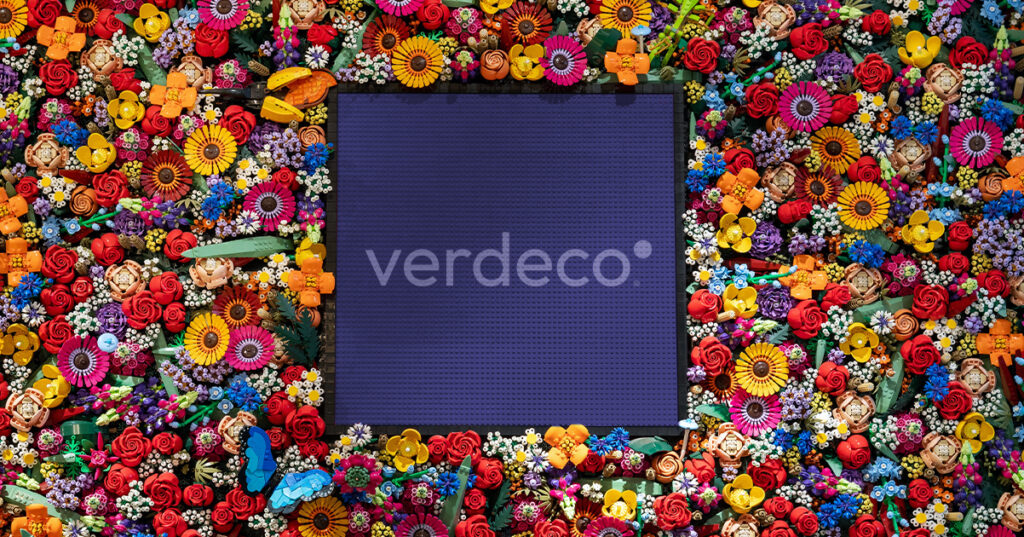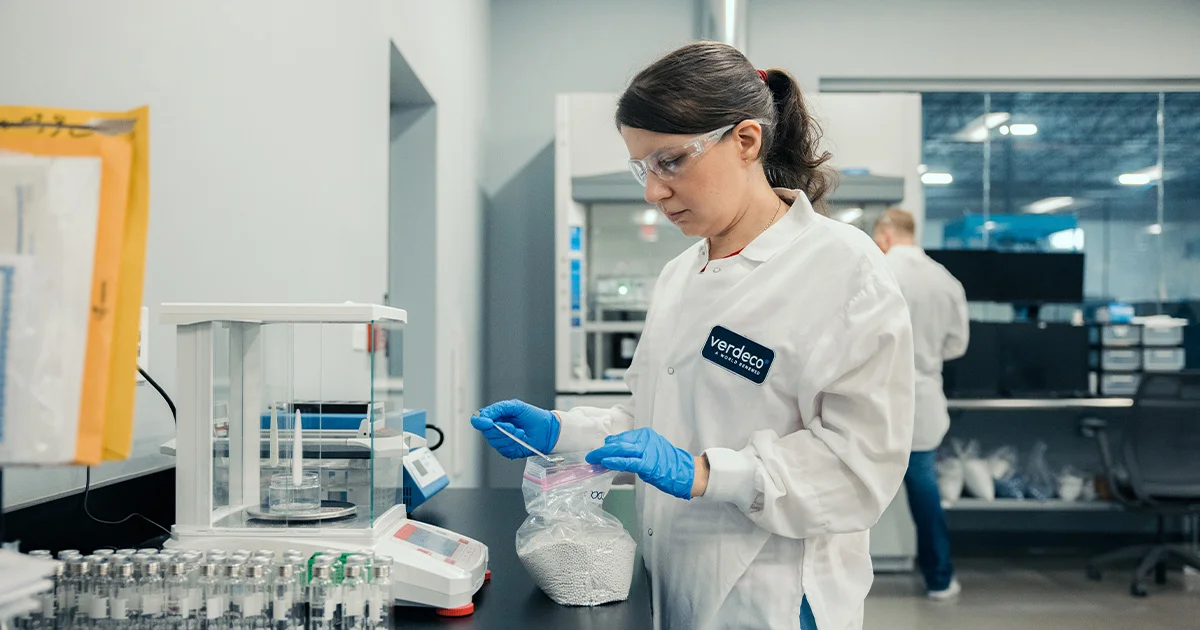When CNN announced LEGO’s plan to replace the fossil fuels used to make their bricks with more expensive, recycled plastic, the story highlighted the growing sense of corporate responsibility regarding sustainable practices in the marketplace. The iconic toy company, which sells billions of plastic bricks every year, has experienced a surge in sales and profits, enabling it to pay up to 70% more for certified renewable resin.
LEGO’s goal is to make all its products from more sustainable materials by 2032. The company’s willingness to absorb the increased production costs demonstrates its hope that the investment will encourage companies making sustainable materials to increase their volumes, a move that will hopefully reduce costs and allow Lego to meet rising consumer demand for eco-friendly products.
Company leadership recognizes that this move toward sustainability may come at a cost, as customers may not be immediately ready to pay more for LEGO's products. Despite this challenge, LEGO remains committed to paying more for sustainable raw materials without immediately passing the increase along to its customers.
Sustainability: A Growing Trend in Toys
While it may be the most instantly recognizable brand to do so, LEGO isn’t the only toy company embracing sustainable practices. Hasbro has started using plant-based and recycled materials in some of its toys but has yet to set specific targets for its plastic use. Mattel, on the other hand, plans to use only recycled plastics in all its products by 2030.
LEGO, Hasbro, and Mattel’s commitments to sustainability mark a critical shift in mindset within the toy-making industry. As mass amounts of toys are produced each year, many are made of virgin plastic, which requires more fossil fuels and depletes the Earth’s natural resources. By manufacturing their products with recycled materials, toy companies can reduce their carbon footprint and make positive contributions to the circular economy while improving customer satisfaction for a more environmentally conscious audience.

Verdeco Is Positioned To Broaden the Use Cases of rPET
The growing demand for sustainable materials presents a challenge for rPET suppliers, and Verdeco is ready for the challenge. With best-in-class production facilities that boast an annual capacity of 243,000,000 lbs, we stand ready to consistently meet ongoing demand by companies like Lego. Combined with our expanded partnerships with flake suppliers and distributors, our facilities enable us to maintain a steady supply during periods of high demand — so companies can get the rPET pellets they need, even when demand fluctuates.
We deliver high-quality rPET pellets that meet the specific needs of their final applications. We work closely with each of our customers to determine what they need and which of our rPET products would be the best fit. From there, we customize to their desired levels of IV, color specifications, benzene levels, and more.
No matter what end-use application we support, extensive testing and rigorous quality controls across our facilities ensure our products meet customers’ highest quality standards. Using our Innovation Center’s small-scale production line, we create samples of our customized rPET pellets to ensure customer satisfaction before we move to mass production.
Toy manufacturers' implementation of eco-friendly practices is a big step in the right direction — one that directly impacts the next generation. As the need for rPET in the toy industry continues to grow, Verdeco is prepared to be the trusted partner companies need to achieve their sustainability goals and make the zero-waste economy a reality.



